Navigating the complexities of container shipping from China to the United Arab Emirates (UAE) is crucial for businesses aiming to import goods efficiently. Container shipping not only streamlines the logistics process but also offers significant cost savings and enhanced security for transported goods. Understanding the costs associated with different container sizes, such as 20 ft and 40 ft containers, is essential for accurate budgeting and logistics planning. This guide delves into the cost breakdowns, factors influencing shipping expenses, additional charges to consider, and practical tips for reducing overall costs, empowering businesses to make informed decisions in a competitive global market.
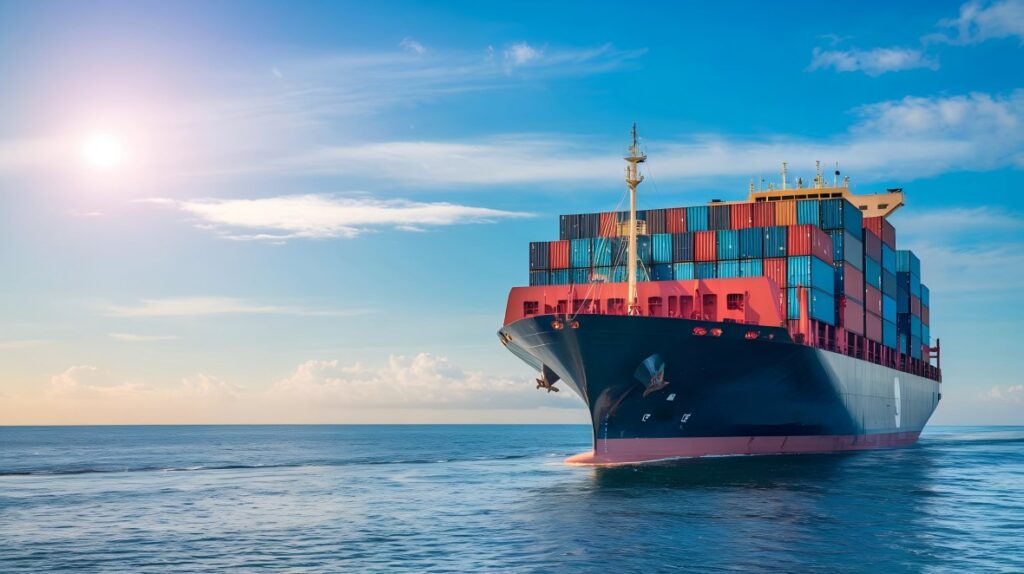
Understanding Container Shipping Costs from China to the UAE
Container shipping is a critical component of international logistics, facilitating the movement of goods across vast distances. In essence, it involves the transportation of cargo in standard-sized containers, which can be loaded onto various modes of transport, including ships, trucks, and trains. The use of containerization has revolutionized shipping, making it more efficient and cost-effective.
A typical shipping container comes in two standard sizes: 20 ft and 40 ft. The 20 ft container is commonly used for smaller shipments or those that do not require a full 40-foot space. With the surge in global trade, especially between China and the United Arab Emirates (UAE), understanding the intricacies of container shipping is paramount for businesses looking to import goods.
Importance of Container Shipping in Global Trade
Container shipping plays a vital role in global commerce. It streamlines the logistics process, reduces shipping times, and minimizes costs, which is essential in today’s competitive market. The UAE, known for its strategic location and advanced logistics infrastructure, serves as a key hub for trade between Asia, Europe, and Africa.
According to the United Nations Conference on Trade and Development (UNCTAD), international maritime trade has seen significant growth, with container ships transporting over 80% of global trade by volume. This trend underscores the importance of efficient container shipping services for businesses operating in the global market.
Key Benefits of Container Shipping:
- Standardization: Containers come in uniform sizes, allowing for easier handling and stacking.
- Security: Goods are sealed in containers, reducing the risk of theft and damage.
- Flexibility: Containers can be transported via different modes of transport without unloading cargo.
Read More:
- Shipping From China to the United States
- Shipping From China TO CANADA
- Shipping From China To Netherlands
- Shipping From China To UNITED KINGDOM
- Shipping From China To ALGERIA
- Shipping from China to UAE
- Shipping from China to Saudi Arabia
20 ft Container Shipping Cost from China to UAE
When it comes to shipping goods from China to the UAE, various factors influence the cost of shipping a 20 ft container. Understanding this cost breakdown can help businesses make informed decisions and optimize their logistics strategies.
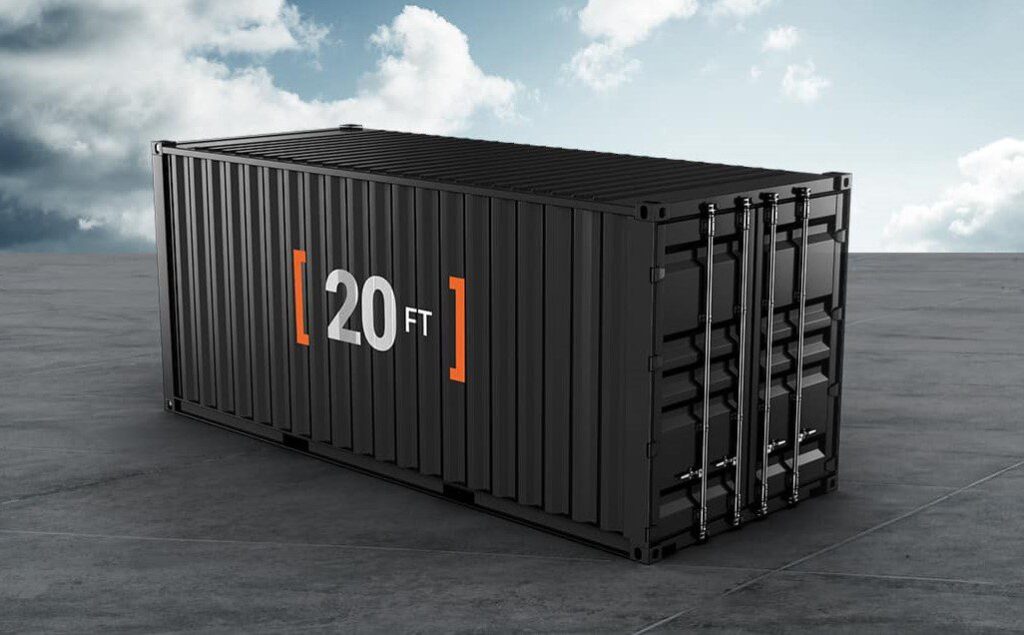
Cost Breakdown for 20 ft Containers
Here is a comprehensive breakdown of the costs associated with shipping a 20 ft container from China to the UAE:
| Cost Component | Description | Estimated Cost (USD) |
|---|---|---|
| Freight Charges | Base cost for transporting the container from the port of origin to destination | $1,200 – $2,000 |
| Insurance | Cargo insurance to cover potential losses or damages during transit | $100 – $300 |
| Customs Clearance Fees | Charges for processing customs documentation and clearing the shipment | $200 – $500 |
| Port Handling Fees | Charges for loading and unloading at ports | $150 – $300 |
| Inland Transportation | Costs for moving the container from the port to the final destination | $300 – $600 |
| Miscellaneous Charges | Additional fees (such as storage or demurrage) as applicable | $100 – $200 |
| Total Estimated Cost | Total sum of all charges for shipping a 20 ft container | $2,250 – $4,100 |
Note: The estimated costs can vary significantly based on the shipping line, the season, and any additional services required. For a tailored quote, businesses are encouraged to consult with a reliable freight forwarding partner like Dantful International Logistics.
Factors Affecting Shipping Costs
- Fuel Prices: Fluctuating oil prices can impact freight charges considerably.
- Shipping Routes: Direct routes may cost less than routes requiring transshipment.
- Seasonality: Peak shipping seasons can lead to higher demand and increased rates.
- Regulatory Compliance: Ensuring all customs and regulatory requirements are met can incur additional fees.
For businesses engaged in importing goods from China to the UAE, selecting a proficient logistics partner is crucial. Dantful International Logistics offers a highly professional, cost-effective, and high-quality one-stop international logistics service, ensuring your shipments arrive on time and within budget. Explore additional services such as Customs Clearance and Insurance Services to enhance your logistics strategy.
40 ft Container Shipping Cost from China to the UAE
When considering shipping options from China to the UAE, businesses often weigh the benefits of a 40 ft container against that of a 20 ft container. The 40 ft container is ideal for larger shipments, providing more volume at a competitive rate. Understanding the costs associated with this container size is essential for budgeting and logistics planning.
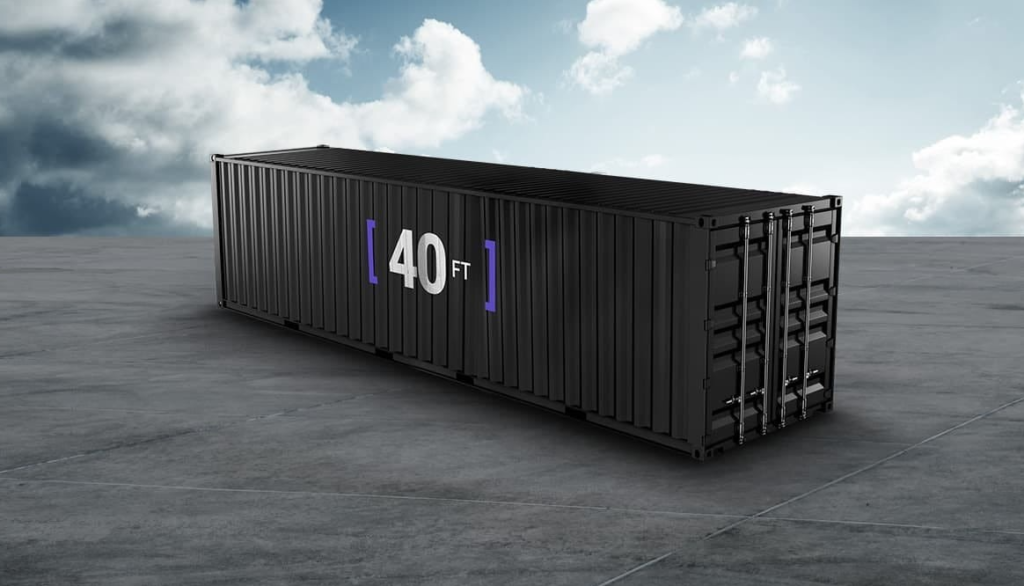
Cost Breakdown for 40 ft Containers
The cost structure for shipping a 40 ft container from China to the UAE includes various components, each contributing to the overall expense. Below is a detailed breakdown:
| Cost Component | Description | Estimated Cost (USD) |
|---|---|---|
| Freight Charges | Base cost for transporting the container from the port of origin to destination | $2,000 – $3,500 |
| Insurance | Cargo insurance to cover potential losses or damages during transit | $150 – $400 |
| Customs Clearance Fees | Charges for processing customs documentation and clearing the shipment | $300 – $600 |
| Port Handling Fees | Charges for loading and unloading at ports | $250 – $400 |
| Inland Transportation | Costs for moving the container from the port to the final destination | $500 – $800 |
| Miscellaneous Charges | Additional fees (such as storage or demurrage) as applicable | $150 – $300 |
| Total Estimated Cost | Total sum of all charges for shipping a 40 ft container | $3,500 – $6,300 |
Note: The estimated costs may vary based on the shipping line, service type, and other factors. It’s advisable to engage with a reputable freight forwarder such as Dantful International Logistics for precise quotations tailored to specific shipping needs.
Factors Influencing Container Shipping Costs
Understanding the factors affecting shipping costs is crucial for businesses to optimize their logistics and budget effectively. The following elements play a significant role in determining the cost of container shipping.
Type of Container: FCL vs. LCL
- Full Container Load (FCL): When a business ships enough goods to fill an entire container, they opt for FCL. This method tends to be more economical per unit, providing a lower overall cost than shipping less than a full container.
- Less than Container Load (LCL): If the shipment does not require an entire container, LCL is a viable option. However, LCL often incurs higher per-unit costs, as shipping costs are shared among various shippers. This makes it essential for businesses to assess their shipping volume and determine the most cost-effective approach.
Distance and Shipping Routes
The distance between the port of origin in China and the destination port in the UAE is a direct influence on shipping costs. Longer routes generally result in higher freight charges. Additionally, the chosen shipping route can significantly impact costs; more direct routes may be less expensive, while those that require transshipment add to the overall shipping expense.
Seasonal Variations in Shipping Costs
Shipping costs can fluctuate seasonally. During peak seasons, such as the pre-holiday rush, demand for shipping space increases, leading to higher rates. Conversely, during off-peak periods, shipping costs may decrease due to reduced demand. Businesses must be mindful of these seasonal trends and plan their shipments accordingly to avoid unnecessary expenses.
Impact of Fuel Prices on Shipping Rates
Fuel prices are a critical factor influencing shipping costs. As fuel prices rise, shipping companies may adjust their rates to cover increased operational costs. This fluctuation can significantly impact freight charges. Companies must stay informed about market trends and fuel price forecasts to anticipate changes in shipping costs and react strategically.
For optimal shipping solutions from China to the UAE, consider leveraging the expertise of Dantful International Logistics, which specializes in providing comprehensive Door-to-door shipping services, ensuring that your logistics process is seamless and cost-effective.
Dantful International Logistics Services:
- Dantful Ocean Freight Services
- Air Freight From China
- Amazon FBA Freight Forwarding
- WAREHOUSE Services
- One-Stop Customs Clearance Solution
- Cargo Insurance Services in China
- DDP Shipping Services By Dantful Logistics
- Out of Gauge Cargo Transportation Shipping Services
Additional Costs to Consider in Container Shipping
When engaging in container shipping, particularly from China to the UAE, it’s essential to be aware of various additional costs that can affect the overall logistics budget. Understanding these costs allows businesses to plan effectively and avoid unexpected financial burdens.
Customs Duties and Taxes
Customs duties and taxes are government-imposed fees that need to be paid when importing goods into the UAE. These fees can significantly impact shipping costs and vary based on several factors:
- Tariff Classification: The type of goods being imported determines the applicable tariff rates. Each product category has a specific duty rate, which is subject to change based on government regulations.
- Value Added Tax (VAT): The UAE imposes a VAT of 5% on most imported goods. This tax is calculated based on the total cost of goods, including shipping and insurance.
- Additional Levies: Certain goods may incur extra duties or taxes, such as environmental fees or anti-dumping tariffs. It’s crucial for importers to verify the current rates and regulations applicable to their specific shipments.
Handling and Port Fees
Handling and port fees are additional costs associated with the logistics process. These fees can vary by port and are typically charged for services such as:
- Loading and Unloading: Charges incurred for the physical handling of containers at the port.
- Storage Fees: If containers are not picked up promptly, storage fees may apply, especially during peak seasons when space is limited.
- Demurrage Charges: If the container is kept longer than the agreed period, demurrage fees will be charged for each day the container exceeds its free time.
Being aware of these fees and planning accordingly can mitigate unexpected costs and streamline the shipping process.
Insurance Costs for Container Shipping
Insurance is a crucial aspect of container shipping that protects against potential losses or damages during transit. The costs associated with insurance can vary based on:
- Coverage Type: Different types of coverage are available, including total loss, partial damage, and theft. The more comprehensive the coverage, the higher the insurance premium.
- Shipment Value: The total value of the goods being shipped directly influences the insurance cost. Higher-value shipments will result in higher premiums.
- Risk Assessment: Factors such as the shipping route, mode of transport, and nature of the goods can affect risk levels and, consequently, insurance costs.
Allocating a budget for insurance is essential to ensure that shipments are adequately protected throughout the shipping journey.
You may be interested in the following related articles:
- The Ultimate Guide to Container Shipping Costs from China to South Africa in 2024
- Container Shipping Costs from China to Savannah: What You Need to Know
- The Ultimate Guide to Container Shipping Costs from China to Colombia in 2024
- Why Every Business Should Consider a Shipping Agent from China to Germany
- Navigating Hazmat Shipping from China to France: Key Considerations and Solutions
- Ultimate Guide to Sea Freight from China to South Africa: Costs, Routes, and Best Practices
Tips for Reducing Container Shipping Costs
Navigating the complexities of container shipping can be costly, but there are several strategies businesses can employ to reduce expenses. Implementing these tips can lead to significant savings and more efficient logistics operations.
Choosing the Right Freight Forwarder
Selecting an experienced and reputable freight forwarder can make a substantial difference in shipping costs. A proficient freight partner understands various shipping options, can negotiate better rates, and provides tailored solutions based on business needs. Consider the following when choosing a freight forwarder:
- Experience and Reputation: Look for a forwarder with a proven track record in shipping to the UAE and a solid reputation within the logistics industry.
- Service Offerings: Evaluate the services provided, including customs clearance, insurance, and warehousing options, to ensure comprehensive support throughout the shipping process.
Effective Planning and Scheduling
Proper planning can yield significant cost savings. Key strategies include:
- Advanced Booking: Make reservations well in advance to secure better rates and availability, especially during peak shipping seasons.
- Flexible Shipping Dates: If possible, choose shipping dates that avoid peak demand periods. This flexibility can lead to lower freight charges.
Utilizing Freight Calculators
Freight calculators can be valuable tools for estimating shipping costs based on various factors such as container size, weight, and distance. Online calculators can help:
- Compare Rates: Quickly evaluate shipping costs from different carriers and choose the most economical option.
- Budgeting: Accurately forecast shipping expenses to better manage overall logistics budgets.
Consolidating Shipments for Cost Efficiency
Consolidation involves combining multiple shipments into one container, which can substantially reduce shipping costs. This approach is beneficial for businesses that:
- Have Smaller Shipments: If shipments do not occupy a full container, consolidation allows for shared shipping expenses among multiple customers.
- Aim for Lower Freight Costs: By consolidating, businesses can often access lower FCL rates rather than paying LCL costs.
By implementing these strategies and taking into account the various costs associated with container shipping, businesses can enhance their logistics efficiency and significantly reduce overall shipping expenses. Engaging with Dantful International Logistics can further streamline this process, as we offer a comprehensive suite of services designed to optimize your shipping experience.
FAQs
1. What is the difference between a 20 ft and a 40 ft container?
The main difference lies in size and capacity. A 20 ft container is typically used for smaller shipments or those that do not require a full 40-foot space, while a 40 ft container is ideal for larger shipments, providing more volume. The choice between the two depends on the volume of goods being shipped.
2. What are the estimated shipping costs for a 20 ft container from China to the UAE?
The estimated total cost for shipping a 20 ft container from China to the UAE ranges from $2,250 to $4,100. This includes various components such as freight charges, insurance, customs clearance fees, port handling fees, inland transportation, and miscellaneous charges.
3. How much does it cost to ship a 40 ft container to the UAE?
The total estimated cost for shipping a 40 ft container from China to the UAE ranges from $3,500 to $6,300. Similar to the 20 ft container, this cost includes freight, insurance, customs fees, and additional handling charges.
4. What factors influence shipping costs?
Several factors can affect shipping costs, including:
- Fuel Prices: Fluctuations in oil prices can impact freight charges.
- Shipping Routes: Direct routes may cost less than those requiring transshipment.
- Seasonality: Peak shipping seasons can lead to increased rates.
- Regulatory Compliance: Meeting customs and regulatory requirements can incur additional fees.
5. Are there additional costs I should be aware of?
Yes, additional costs may include customs duties and taxes (such as Value Added Tax (VAT)), handling and port fees, and insurance costs. It’s essential to account for these when budgeting for container shipping.
6. How can I reduce container shipping costs?
To reduce shipping costs, businesses can:
- Choose the right freight forwarder skilled in negotiating better rates.
- Plan and schedule shipments effectively, booking in advance and being flexible with shipping dates.
- Utilize freight calculators for cost estimates and rate comparisons.
- Consolidate shipments to share shipping expenses among multiple customers.

Young Chiu is a seasoned logistics expert with over 15 years of experience in international freight forwarding and supply chain management. As CEO of Dantful International Logistics, Young is dedicated to providing valuable insights and practical advice to businesses navigating the complexities of global shipping.
The other language versions of this article
- الدليل الشامل لتكاليف شحن الحاويات من الصين إلى الإمارات العربية المتحدة في عام 2024
- De ultieme gids voor containerverzendingskosten van China naar de VAE in 2024
- Le guide ultime des coûts d’expédition de conteneurs de la Chine vers les Émirats arabes unis en 2024
- Der ultimative Leitfaden zu den Containerversandkosten von China in die Vereinigten Arabischen Emirate im Jahr 2024
- La guida definitiva ai costi di spedizione dei container dalla Cina agli Emirati Arabi Uniti nel 2024
- La guía definitiva sobre los costes de envío de contenedores desde China a los Emiratos Árabes Unidos en 2024
- O guia definitivo para custos de transporte de contêineres da China para os Emirados Árabes Unidos em 2024
- Полное руководство по стоимости контейнерных перевозок из Китая в ОАЭ в 2024 году
- 2024’te Çin’den BAE’ye Konteyner Nakliye Maliyetlerine İlişkin Nihai Kılavuz


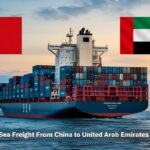

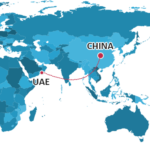

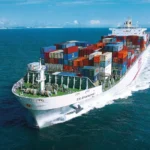


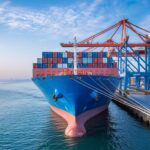

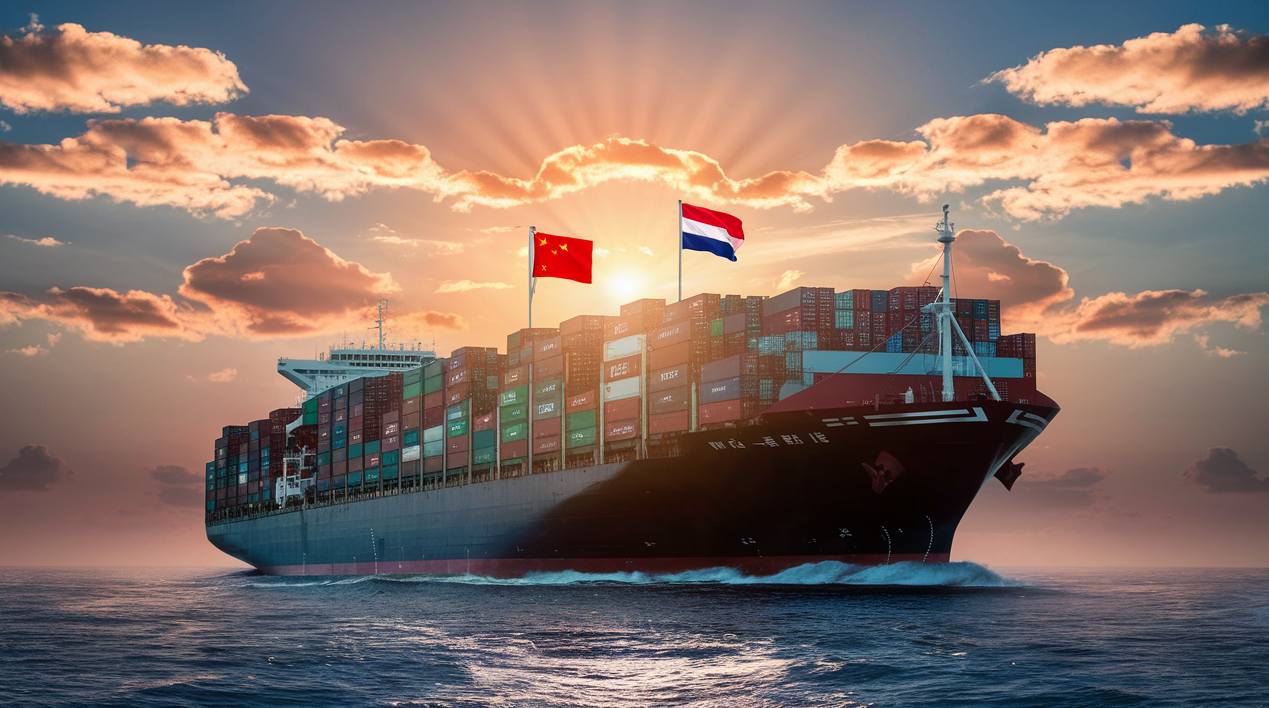
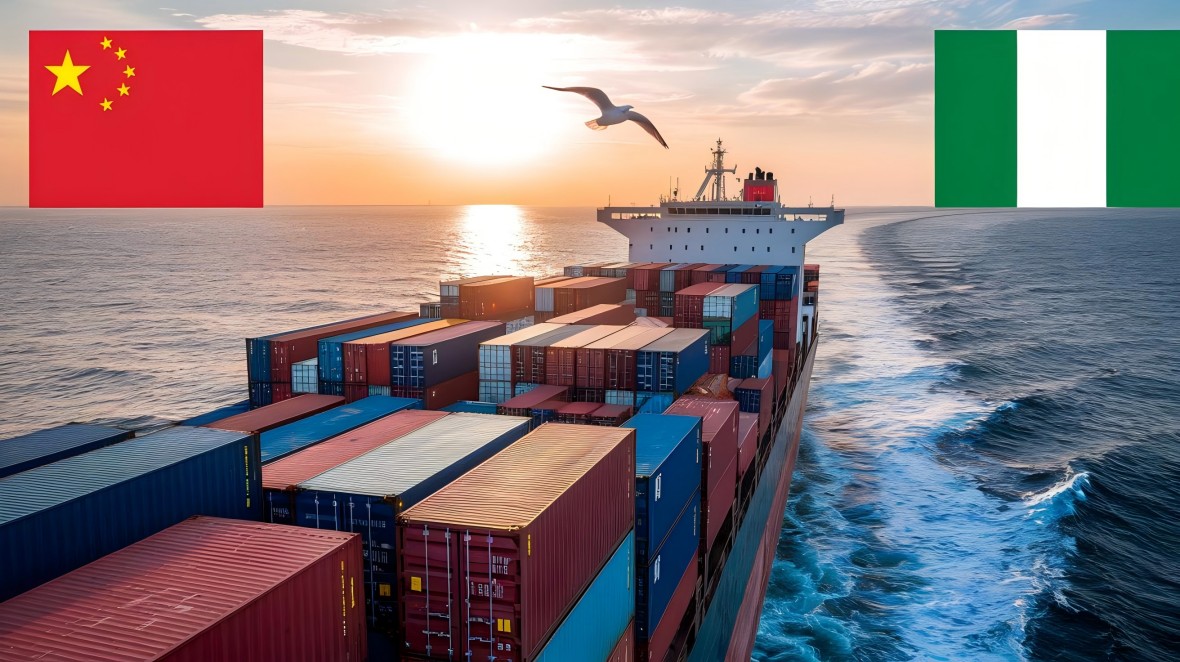
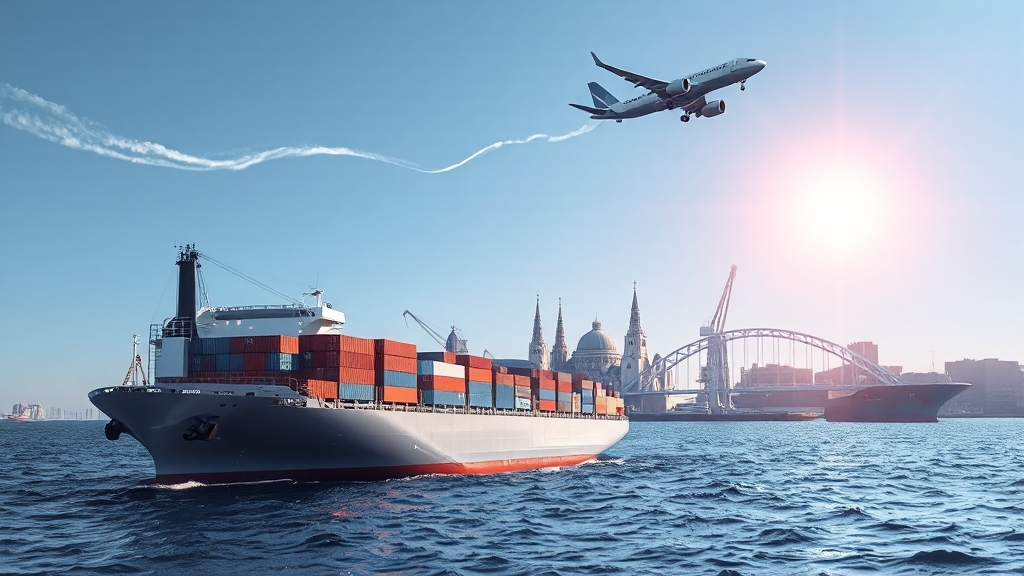
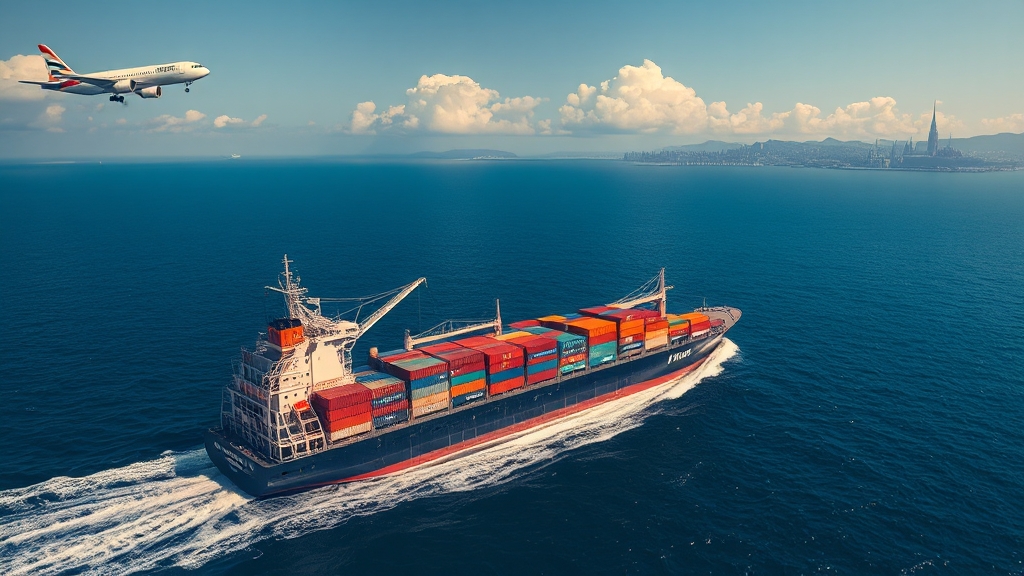
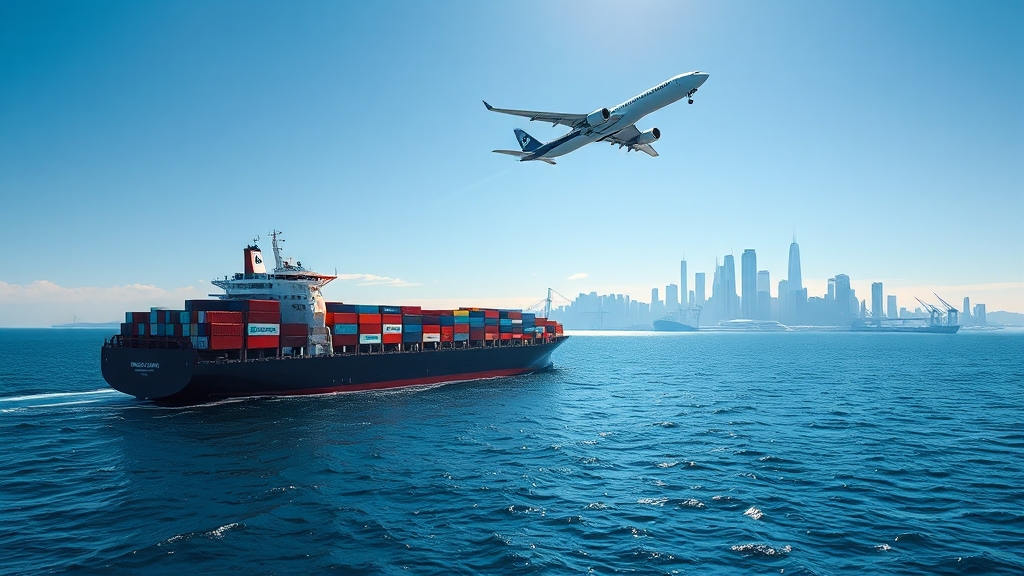





 Afrikaans
Afrikaans Shqip
Shqip አማርኛ
አማርኛ العربية
العربية Հայերեն
Հայերեն Azərbaycan dili
Azərbaycan dili Euskara
Euskara Беларуская мова
Беларуская мова বাংলা
বাংলা Bosanski
Bosanski Български
Български Català
Català Cebuano
Cebuano Chichewa
Chichewa 简体中文
简体中文 繁體中文
繁體中文 Corsu
Corsu Hrvatski
Hrvatski Čeština
Čeština Dansk
Dansk Nederlands
Nederlands English
English Esperanto
Esperanto Eesti
Eesti Filipino
Filipino Suomi
Suomi Français
Français Galego
Galego ქართული
ქართული Deutsch
Deutsch Ελληνικά
Ελληνικά Kreyol ayisyen
Kreyol ayisyen Harshen Hausa
Harshen Hausa Ōlelo Hawaiʻi
Ōlelo Hawaiʻi עִבְרִית
עִבְרִית हिन्दी
हिन्दी Hmong
Hmong Magyar
Magyar Íslenska
Íslenska Igbo
Igbo Bahasa Indonesia
Bahasa Indonesia Gaeilge
Gaeilge Italiano
Italiano 日本語
日本語 Basa Jawa
Basa Jawa ಕನ್ನಡ
ಕನ್ನಡ Қазақ тілі
Қазақ тілі ភាសាខ្មែរ
ភាសាខ្មែរ 한국어
한국어 كوردی
كوردی Кыргызча
Кыргызча ພາສາລາວ
ພາສາລາວ Latin
Latin Latviešu valoda
Latviešu valoda Lietuvių kalba
Lietuvių kalba Lëtzebuergesch
Lëtzebuergesch Македонски јазик
Македонски јазик Malagasy
Malagasy Bahasa Melayu
Bahasa Melayu മലയാളം
മലയാളം Maltese
Maltese Te Reo Māori
Te Reo Māori मराठी
मराठी Монгол
Монгол ဗမာစာ
ဗမာစာ नेपाली
नेपाली Norsk bokmål
Norsk bokmål پښتو
پښتو فارسی
فارسی Polski
Polski Português
Português ਪੰਜਾਬੀ
ਪੰਜਾਬੀ Română
Română Русский
Русский Samoan
Samoan Gàidhlig
Gàidhlig Српски језик
Српски језик Sesotho
Sesotho Shona
Shona سنڌي
سنڌي සිංහල
සිංහල Slovenčina
Slovenčina Slovenščina
Slovenščina Afsoomaali
Afsoomaali Español
Español Basa Sunda
Basa Sunda Kiswahili
Kiswahili Svenska
Svenska Тоҷикӣ
Тоҷикӣ தமிழ்
தமிழ் తెలుగు
తెలుగు ไทย
ไทย Türkçe
Türkçe Українська
Українська اردو
اردو O‘zbekcha
O‘zbekcha Tiếng Việt
Tiếng Việt Cymraeg
Cymraeg יידיש
יידיש Yorùbá
Yorùbá Zulu
Zulu